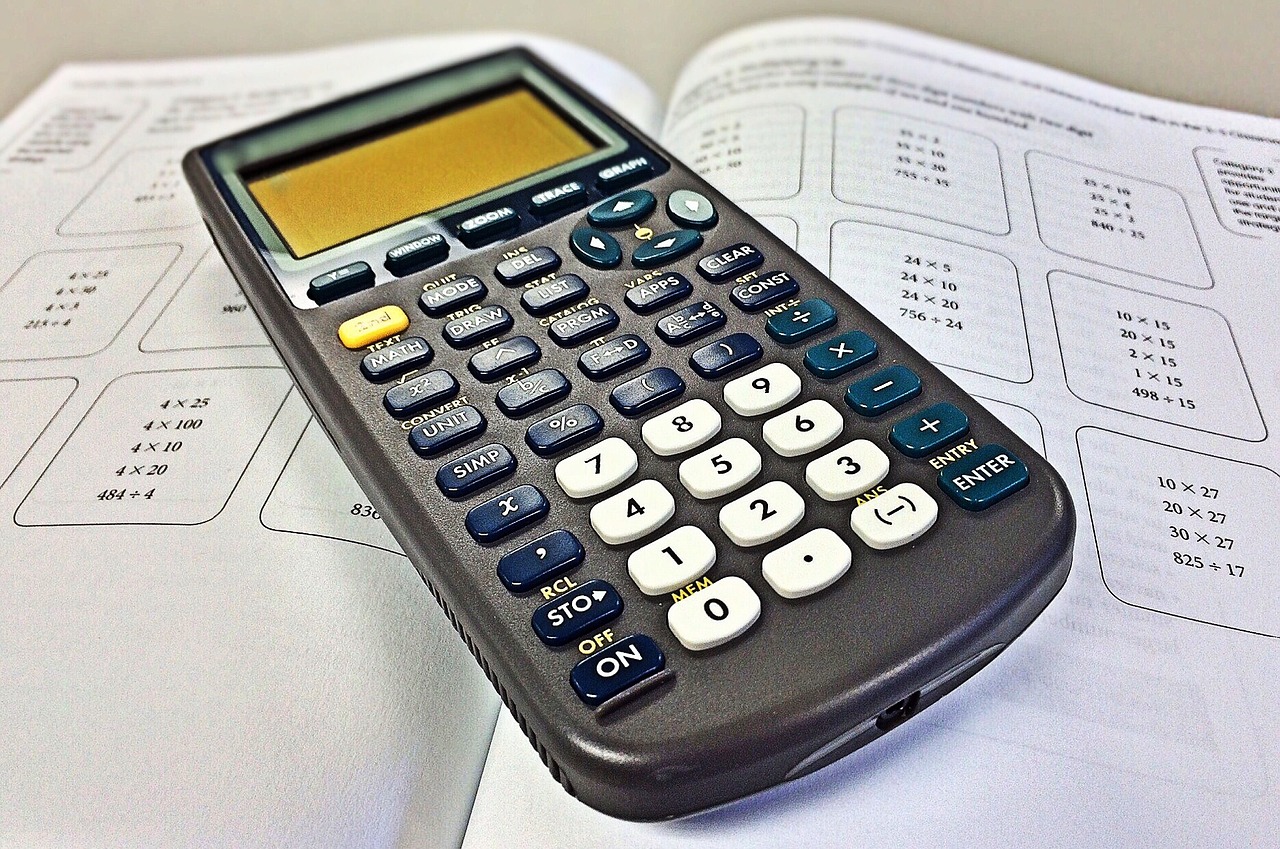Ah, statistics. The magic word that makes everyone in a room either perk up like they’ve just heard there’s free cake or slump down like they’ve been asked to give up Netflix. But hey, if you’ve made it this far, congratulations! You’re either incredibly bored, incredibly curious, or your professor has a really good grading curve.
Let’s dive right in, shall we?
Step 1: What the Heck Is Standard Deviation Anyway?
Alright, let’s cut to the chase. Standard Deviation is basically the “Average Joe’s” way of saying, “Hey, how weird are these numbers compared to the actual average?” It tells you how spread out your data is from the mean. Big standard deviation? You’ve got some wacky numbers, pal. Small standard deviation? Congrats, your numbers are almost as basic as a pumpkin spice latte.
Step 2: Gather Your Numbers (Or Borrow Some, We Won’t Tell)
Got a list of numbers? No? Steal some from your math textbook; it’s not like they’re using them. You’ll want to jot them down in a list or arrange them in a circle like you’re summoning the spirit of the “Math Gods.” Your choice.
Let's assume you have a list of numbers, which represent the amount of sleep you got each night this week: [6, 7, 5, 9, 8].Step 3: Find the Mean (It’s Not What You Think)
Don’t worry, finding the mean doesn’t require you to insult your numbers or hurt their feelings. No, the mean is just a fancy word for average. Add up all your numbers and divide by however many you have. Voilà, you’ve got your mean! If you can’t do this simple math, don’t worry. You’ll probably mess up the next steps too.
Alright, sum those bad boys up:
6 + 7 + 5 + 9 + 8 = 35.
Now, divide by 5 (because there are 5 numbers, duh):
35/5=7.
Mean = 7.Step 4: Subtract the Mean and Square It (Don’t Worry, No Geometry Involved)
This is where the party really starts. Take each of your numbers and subtract the mean from it. Done? Great. Now square that number because we really, really want to make sure we’re as far away from that mean as possible. We’re talking break-up level distance here, folks.
Take each number, subtract the mean (7), and then square the result:
• (6−7)2 = (−1)2 = 1
• (7−7)2 = 02 = 0
• (5−7)2 = (−2)2 = 4
• (9−7)2 = 22 = 4
• (8−7)2 = 12 = 1Step 5: Add the Squares and Find Another Mean (Because One Mean Is Never Enough)
Now that you’ve got these lovely squared numbers, sum them up. Then divide by the count of your original numbers. You’ve just calculated the variance! Which is really great if you want to sound smart at parties. Trust me, nothing impresses people more than “Hey, did you know the variance of my grades this semester is really low?”
Add those squares up:
1 + 0 + 4 + 4 + 1 = 10.
Now divide by 5 (once again, because we have 5 numbers):
10/5=2.
This is the variance, folks! Huzzah!Step 6: Square Root That Sucker (No, Not With Your Boot)
Take the square root of your variance. Why? Because someone in a really high tower filled with math books and a fear of sunlight decided it was necessary, that’s why. You’ve done it. You’ve found the standard deviation. You’re a star. Put it on your resume.
Time to square root the variance. We all know you’ve been waiting for this moment:
√2 ≈ 1.41
There you go. You've got a standard deviation of approximately 1.41.Step 7: Pretend It Wasn’t That Hard and Casually Drop It In Conversations
You’ve accomplished the Herculean task of finding the standard deviation. Now it’s time to nonchalantly slip it into your conversations like you’re James Bond discussing martinis. “Oh, the standard deviation of the times I’ve been late to work is incredibly low. I’m just that punctual.”
Conclusion: You’re a Mathlete Now
So there you have it. You’ve dabbled in the arcane arts of statistics and emerged, not just unscathed, but empowered. Take your newfound knowledge and sprinkle it around like you would fairy dust or hot sauce: liberally, and with a dash of panache. Cheers to you, the stats conqueror!



